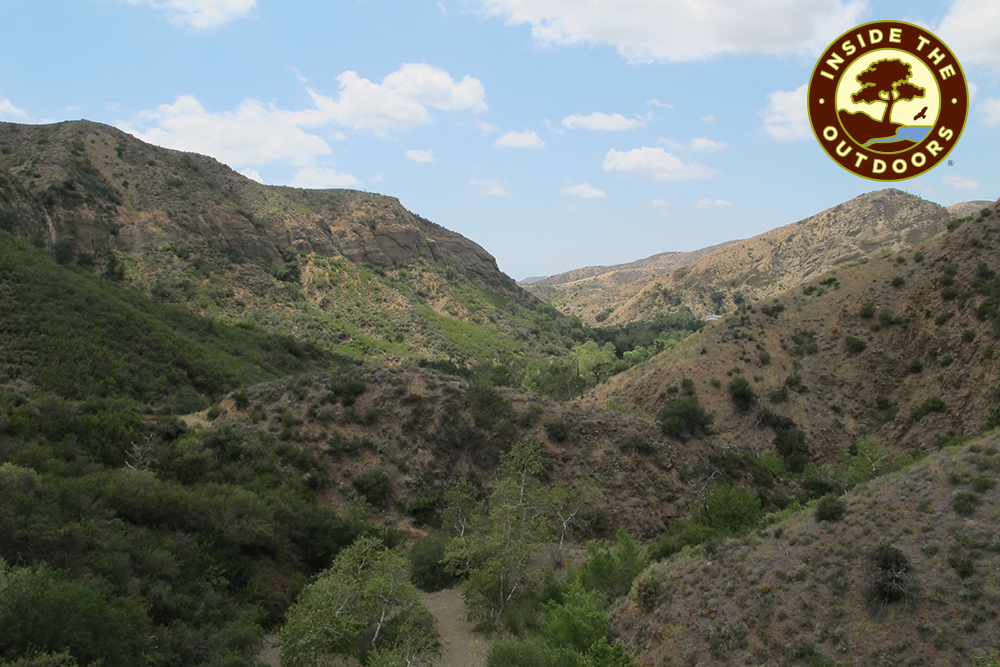
Diverse ecosystems leads to a variety of opportunities for your students to study ecology, learn plant and animal adaptations, and identify edible and useful plants.
NGSS Standards Supported: 5-LS2-1., 5-ESS2-1., 5-ESS2-2., 5-ESS3-1., 5-PS3-1., MS-ESS2-4., MS-ESS3-3., and MS-LS1-5.
Animal Station
Students participate in hands-on learning about some of the functions that animals serve in an ecosystem and how the animals can be classified.
Plant Labs
Students work in cooperative groups at lab stations to learn how plants adapt to dry conditions in the chaparral ecosystem.
Energy Pyramid
Participating in a demonstration and discussion of energy pyramids in ecosystems helps students understand the interdependence of biotic and abiotic things.
Live Animals
Students see and touch a live mammal and reptile representative of animals in this ecosystem and learn how their adaptations enable them to survive.
Water Station
Students participate in several hands-on activities to learn about the source of their local water, the water cycle, the amount of fresh water available on Earth, and water reuse.
Site Details:
Location: Modjeska Canyon Nature Preserve - Click
here for a map to the site. The address is on the map.
Time: Full Day 9:00 am - 2:30 pm
Parking: Vehicle parking is very limited
Accessibility: Limited wheelchair accessibility
